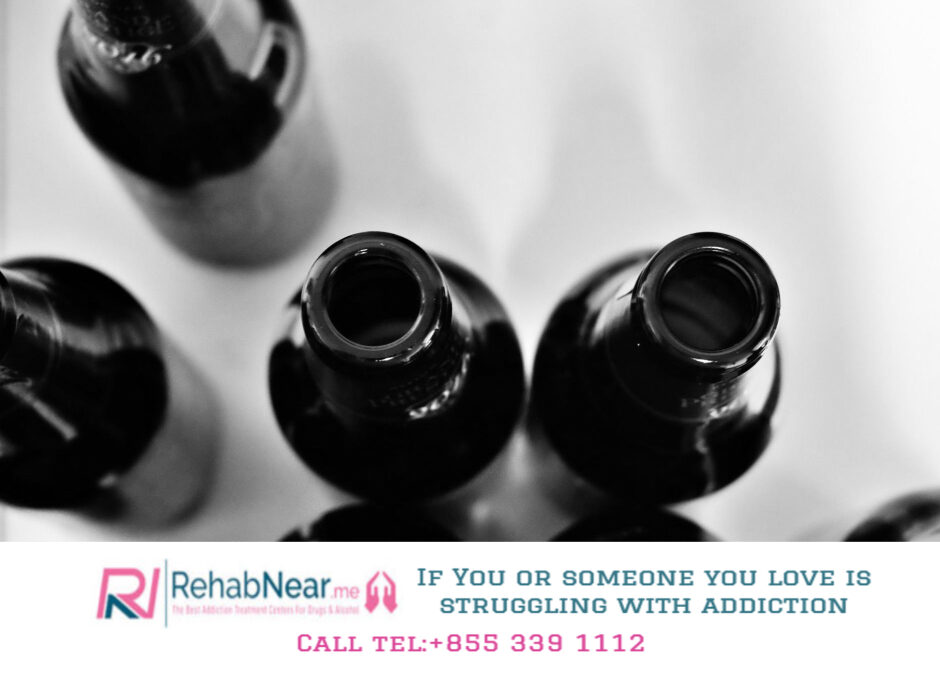Navigation: The Genetics of Alcoholism, Genetics and Environment
Our genetic structure determines all of our human traits, from physical characteristics to behavioral attributes. These genes are passed on to us by our parents. These qualities embedded within our DNA also determine the risk factors associated with certain medical conditions.
For example, studies show that alcoholism is approximately 50 percent attributable to genetics. This means individuals who have a family history of alcoholism have a higher risk of developing a drinking problem. A predisposition toward alcohol abuse and addiction is one of the behavioral traits that parents can pass on to their children.
People who are genetically predisposed to alcoholism have a higher risk of developing an alcohol use disorder. People can inherit alcoholic tendencies. And with social and environmental factors playing a role, a person with this genetic predisposition toward alcohol abuse may or may not develop a drinking problem.
Risk factors are never determinative. Some people who have inherited genes that make them susceptible to alcoholism are responsible drinkers. Some of them never take a drink in their life. On the other hand, some people who are not genetically predisposed to alcohol addiction develop alcoholism anyway. This is due to the fact that alcohol addiction is a complex medical condition that has no single cause.
Research shows that genes are responsible for about half of the risk for alcohol use disorder or AUD. Therefore, genes alone do not determine whether someone will develop AUD.
The Genetics of Alcoholism
It’s important to note that there isn’t a single gene that is responsible for alcoholism. There are hundreds of genes in a person’s DNA that may amplify the risk of developing an alcohol use disorder. Each one plays a small role in a much larger picture. Studies suggest that certain combinations of genes have a strong relationship to alcoholism.
There are also behavioral genes passed down that could influence an individual’s propensity for alcoholism. For instance, mental illnesses such as depression, anxiety, and schizophrenia are more common in people with a family history of these disorders.
People with mental health conditions have a higher risk of turning to substance abuse as an unhealthy coping mechanism. This is why alcoholism and mental health issues are oftentimes treated as co-occurring disorders during rehab.
Mental disorders can be hereditary as well as environmental. This shows a complex connection between genetics and addiction.
Genetics and Environment
While genetics plays a big role in the development of alcoholism, it accounts for only half of the equation. The other half is the person’s environment. Family, society, religion, relationships, career—all of these elements can lead to or prevent alcoholism.
Hereditary behaviors interact with the environment to form the basis of any person’s decisions. Some people are more sensitive to stress, for example. This makes it harder for them to cope with a fast-paced job or an unhealthy relationship. To cope with the stress, they turn to alcohol.
It is worth noting that even those with a high genetic risk of substance abuse must first be driven by nonhereditary factors. The catalyst that leads to alcohol abuse is most commonly an environmental factor: peer pressure and stress are some of the most prevalent causes.
These risk factors add up over time: the more risk factors a person has, the greater the chance that they will develop a drinking problem. At the same time, people also have protective factors that keep them from encountering this type of problem.
Both risk and protective factors can be either environmental or biological. So while risk factors include poor social skills, genetic predisposition to alcohol, poverty, availability of alcohol, lack of parental supervision, etc.—there are also protective factors like good self-control, anti-alcohol policies, neighborhood resources, parental support, etc.
A person’s expectations towards alcohol can also influence their drinking experience. If someone has positive expectations from alcohol, they are more likely to abuse it. If someone has negative expectations, they might try to avoid situations where they have to drink.
If someone in the family is struggling with drug or alcohol addiction, it is important to seek help. A combination of medical detox and behavioral therapy can go a long way in the fight against drug abuse. But because every individual is affected by addiction differently, a comprehensive program tailored to their specific needs is necessary. Look for a nearby addiction treatment facility today and find out how drug treatment programs work.
The Genetics of Alcoholism: Understanding Risk Factors and Protective Factors https://t.co/6hOCHdhtQX #rehabnearme
— RehabNearMe (@RehabNear_Me) April 9, 2024








